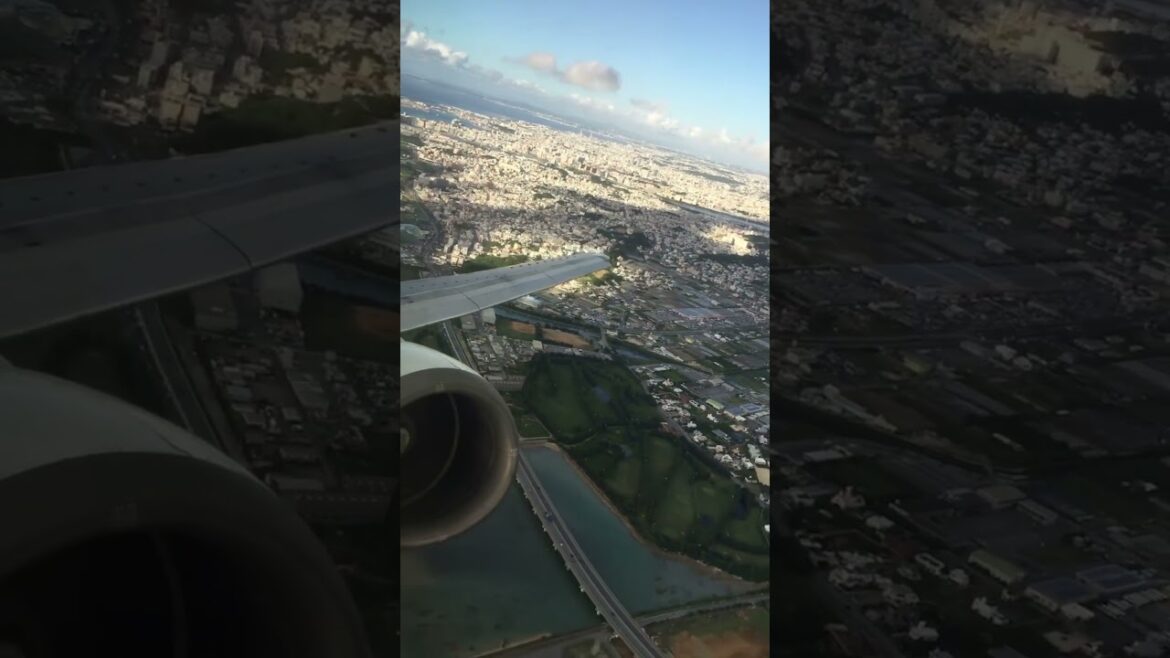The Boeing 737-4Q3 is a variant of the Boeing 737 series, which is a popular narrow-body, twin-engine aircraft used for short to medium-haul flights. It has a typical seating capacity of around 120-160 passengers, depending on the cabin configuration.
During a takeoff, the pilots would follow standard procedures. Here is a simplified overview of what happens during a typical Boeing 737 takeoff:
Preparing for Departure: The flight crew performs pre-flight checks, including communication with air traffic control, verifying the aircraft’s weight and balance, reviewing weather conditions, and setting up the aircraft’s systems.
Taxiing: The aircraft moves from the gate to the designated runway under its own power. The pilots follow instructions from ground control and use the aircraft’s engines and steering systems to navigate the airport.
Lineup and Clearance: Once the aircraft reaches the runway, it aligns itself with the centerline and awaits clearance from air traffic control for takeoff.
Power-Up: The pilots advance the throttles, and the engines spool up, generating thrust. The exact power settings depend on factors such as aircraft weight, runway length, and environmental conditions.
Acceleration and Rotation: As the engines produce more thrust, the aircraft accelerates down the runway. At a specific speed called “V1” (decision speed), the pilots commit to take off and continue the takeoff roll. Shortly after, they gradually pull back on the control column, rotating the aircraft’s nose upward.
Lift-Off: The aircraft’s wings generate lift as it gains speed and reaches the necessary rotation angle. The main landing gear leaves the ground, and the airplane becomes airborne.
Climb: After lift-off, the pilots retract the landing gear, raise the flaps, and continue to climb. The aircraft follows a predetermined climb profile, usually set by air traffic control, until it reaches its cruising altitude.
Please subscribe to my channel or become a Patreon to support my work!

